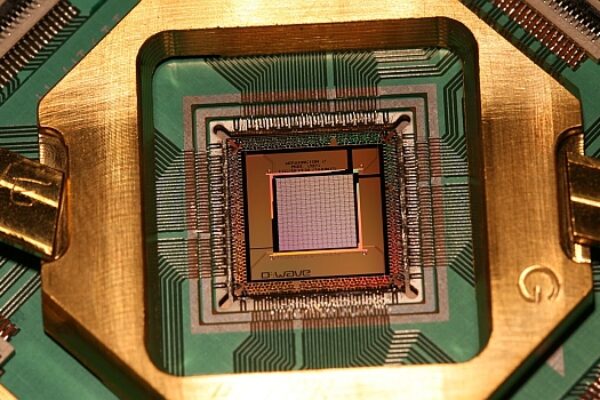
U.S. gov awards superconducting electronics contract to Synopsys
This will take place under IARPA’s SuperTools program, which seeks to “develop a superconducting circuit design flow with a comprehensive set of EDA and technology computer aided design (TCAD) tools for VLSI design of superconducting electronics.” As part of the program, Synopsys will collaborate with experts in the field of superconducting electronics to develop a comprehensive set of tools that increase the scale, efficiency, and manufacturability of these designs.
Superconducting electronics is seen as able to advance high-end computing, cryogenically operated low-noise sensors and imagers, space applications, and communications. It promises the development of “beyond CMOS” device technologies and to enable “a major leap” in processing speeds and power efficiencies.
According to IARPA, the technology could allow a supercomputer to operate at 100 petaflops of performance for about 200 kilowatts – much faster and cooler than today’s supercomputers that run at 20 petaflops and 10 megawatts.
“The goal of the SuperTools program is to help make the same design and TCAD tools and quality libraries that drove the semiconductor industry’s growth available for the emerging superconductor industry,” says Dr. Mark Heiligman, manager of the IARPA SuperTools program. “As a long-time leader in design and TCAD, and the largest EDA company, Synopsys is an outstanding company to lead the development of this tool flow.”
Under the contract, Synopsys will enhance its EDA tool flow to support ultra-low-temperature superconducting technology. In addition, it says, partnerships and collaboration with leading industry and academic experts will foster the development of a comprehensive solution for superconducting electronics.
“For over thirty years, Synopsys has developed EDA tools that have enabled the semiconductor industry to keep pace with semiconductor scaling and enabled Moore’s Law,” says Antun Domic, chief technology officer of Synopsys. “IARPA’s investment in superconducting technology, as evidenced by the C3 supercomputer and now SuperTools programs, can help superconducting electronics evolve and become accessible for more designs.”
According to the company, deliverables resulting from the program will be available over the next two to five years.
Related articles:
Quantum computing IC startup opens fab
Microsoft: Quantum computing moves closer to reality
Rambus, Microsoft expand cryogenic memory effort
Intel delivers 17-qubit quantum computing test chip
 If you enjoyed this article, you will like the following ones: don't miss them by subscribing to :
eeNews on Google News
If you enjoyed this article, you will like the following ones: don't miss them by subscribing to :
eeNews on Google News



